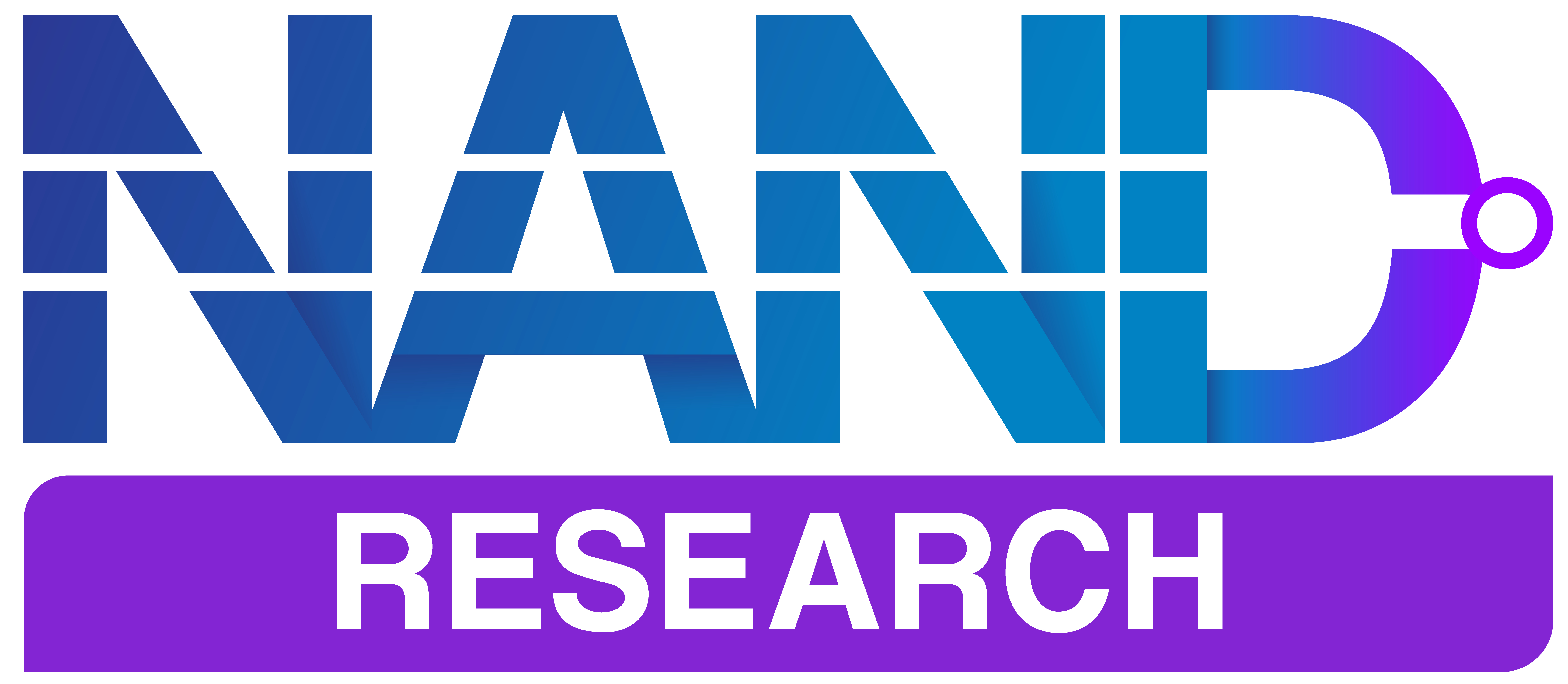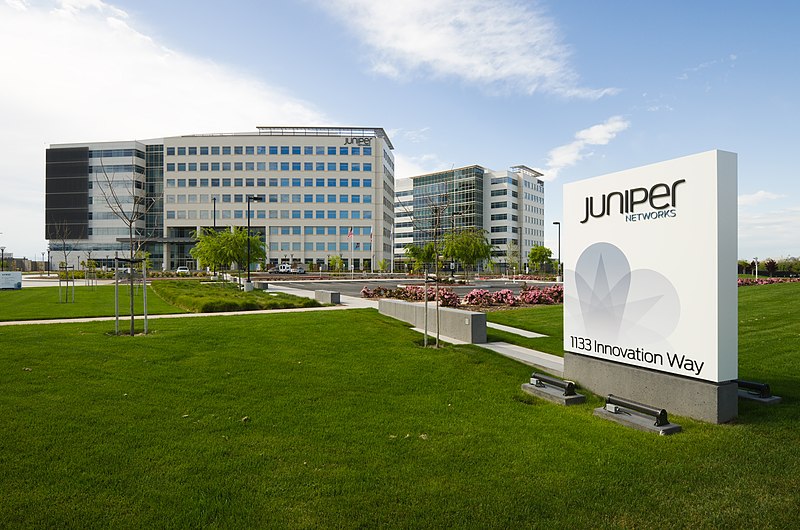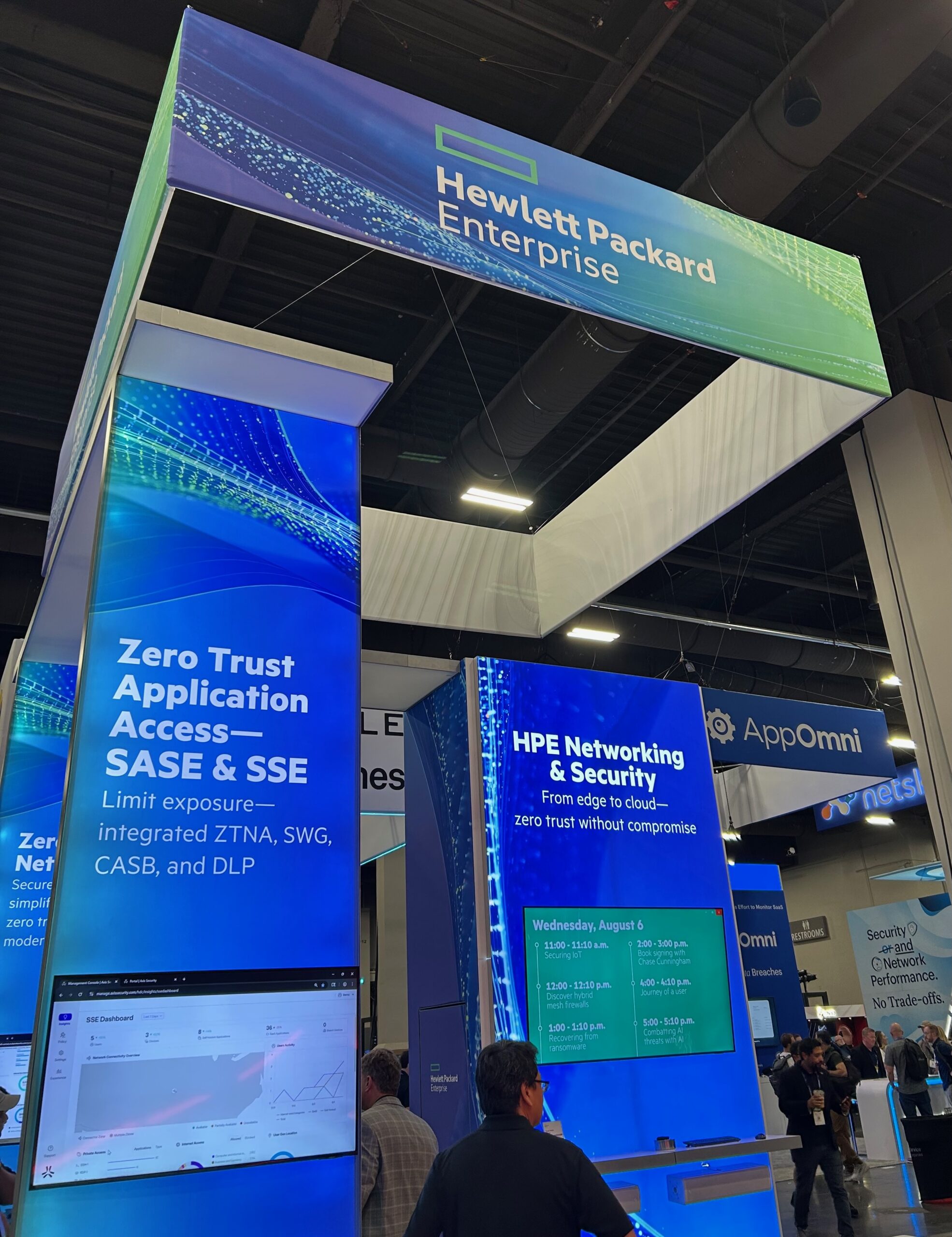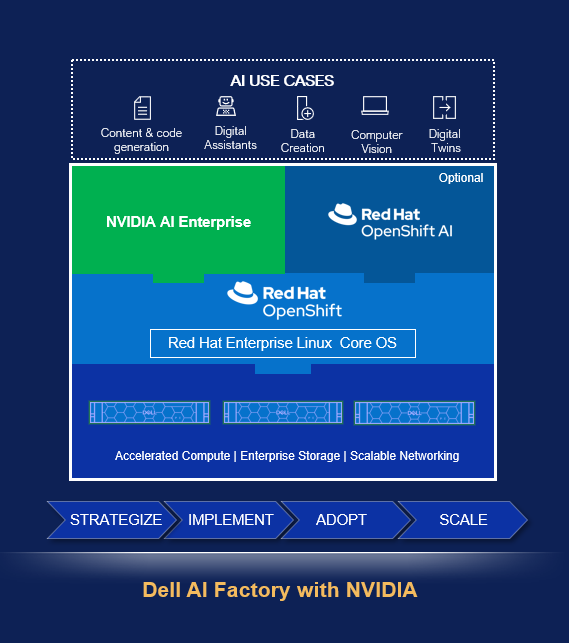While waiting for its pending acquisition by Hewlett Packard Enterprise to become unstuck by recent regulatory scrutiny, Juniper Networks reported strong earnings that showa return to revenue growth, posting a 3% year-over-year increase and a 5% sequential jump.
After a turbulent year, marked by supply chain challenges and shifting enterprise spending patterns, the company’s strong order growth — particularly in Cloud and Enterprise — signals positive momentum heading into 2025. Despite these strengths, the company’s also seeing persistent softness in its Service Provider segment.
Let’s jump in.
Key Highlights
- Revenue: $1.404 billion (+3% YoY, +5% QoQ)
- Non-GAAP EPS: $0.64 (+$0.03 YoY, +$0.16 QoQ)
- Product Orders: Grew double digits sequentially, 40%+ YoY
- Cloud Orders: Up ~200% YoY
- Annual Recurring Revenue (ARR): $474 million (+23% YoY)
- Total Cash & Investments: $1.8 billion
Cloud & Enterprise Drive Growth
Juniper’s Cloud business posted an impressive 16% YoY growth, supported by strong demand in Data Center and Wide Area Networking solutions. This segment is becoming a critical engine of growth for Juniper, as hyperscalers and enterprises increase investments in AI-driven infrastructure and network automation.
The Enterprise business also delivered solid results, increasing 4% YoY and 14% sequentially. Notably, Mist AI and Mist-attached products grew more than 25% YoY, showing off Juniper’s continued success in AI-driven networking. Juniper’s investments in Mist AI and SD-WAN are clearly paying off.
Service Provider Weakness: A Structural Challenge?
Not all segments saw growth. Service Provider revenue declined 9% YoY and 7% sequentially, primarily due to what Juniper describes as “timing issues” around orders and shipments. This segment has been a recurring weak spot for Juniper, with telcos remaining cautious on capital expenditures.
Even within Juniper’s customer solution breakdown, Wide Area Networking revenue fell 7% YoY, largely due to Service Provider softness, though it rebounded 16% sequentially. Data Center revenue, while up 30% YoY, dipped 4% sequentially, hinting at possible spending fluctuations among large customers.
Given the evolving 5G and edge computing landscape, Juniper needs a stronger differentiation strategy in this market to regain momentum.
Software & ARR: A Bright Spot
One of the most promising indicators of Juniper’s business model transformation is its strong ARR growth of 23% YoY, driven by SaaS, software subscriptions, and automation solutions.
Juniper’s Software and Related Services revenue hit $381 million (+6% YoY) on strong demand for cloud-based network management and AI-driven automation. While hardware sales remain a critical revenue stream, Juniper’s increasing shift toward subscription-based software models should provide more predictable revenue growth in the future.
Status of the HPE Acquisition
HPE’s proposed $14 billion acquisition of Juniper Networks is facing significant legal challenges. On January 30, 2025, the U.S. Department of Justice filed a lawsuit to block the merger (the first such action of the Trump administration), citing concerns that it would reduce competition, raise prices, and diminish innovation in the wireless networking market.
The DOJ argues that combining HPE and Juniper, the second and third-largest providers of enterprise-grade wireless networking solutions in the U.S., would result in the merged entity and Cisco Systems controlling over 70% of the market.
In response, both HPE and Juniper have denied the DOJ’s allegations, asserting that the merger would enhance competition against market leader Cisco. They emphasize that more than eight companies offer wireless networking solutions in the U.S., and that their combined market share has been under 25% over the past three years.
The companies remain committed to the transaction and plan to vigorously defend it in court.
Analyst’s Take
Juniper Networks delivered a solid Q4 performance, marked by strong Cloud and Enterprise growth, expanding software revenue, and improving margins. However, continued weakness in Service Provider revenue remains a lingering concern.
To maintain momentum, Juniper must double down on AI-driven automation, multi-cloud networking, and high-margin software solutions while strengthening its Service Provider strategy. Closing the acquisition with HPE, however, would solve all these challenges. It’s a positive sign that Juniper continues to execute well despite the distraction of the on-going DOJ actions, and that it’s not concerning customers to the detriment of Junipers business . For the sake of the industry – not just the principals involved – we hope the DOJ moves quickly and doesn’t let this linger.





